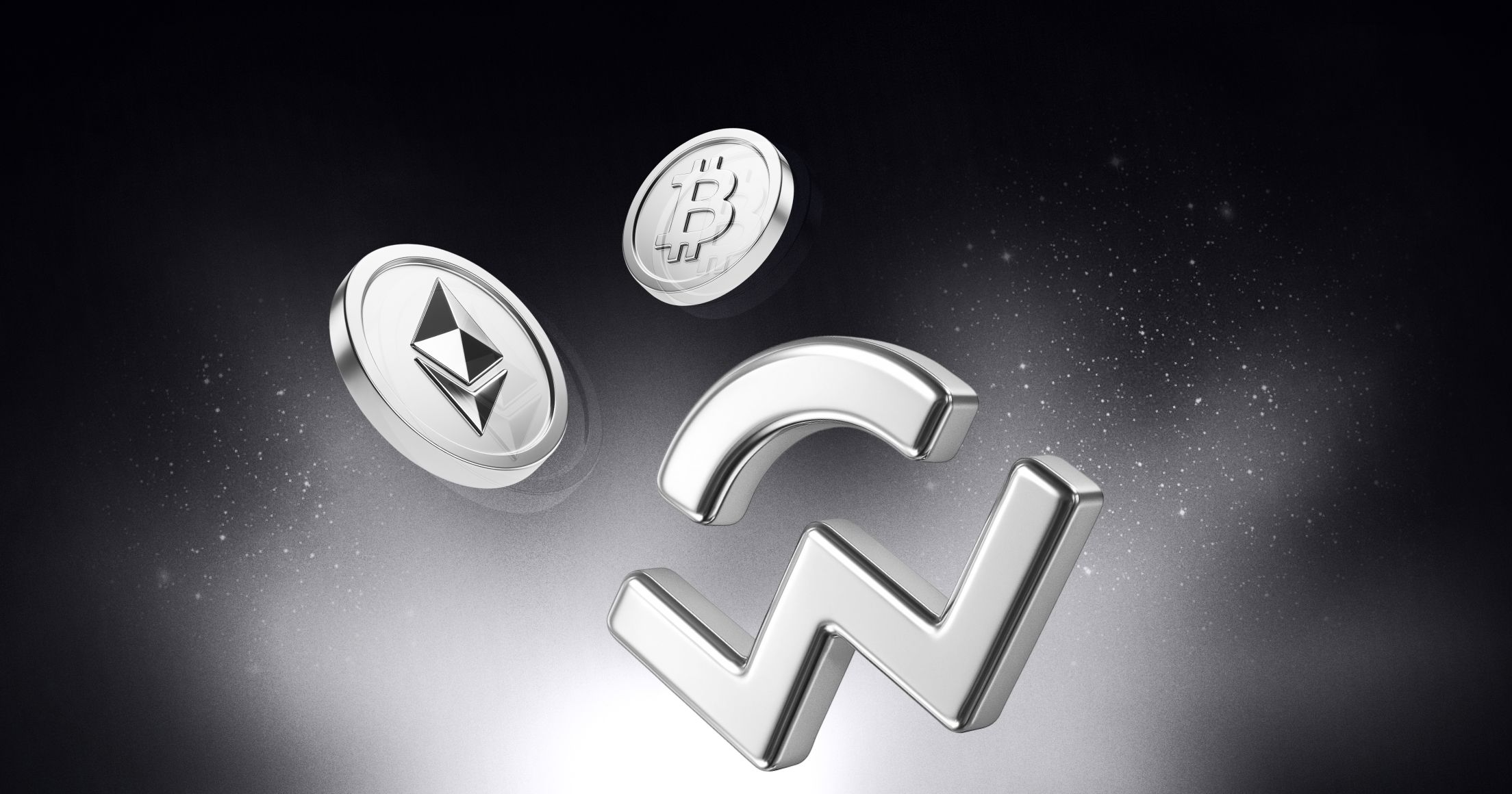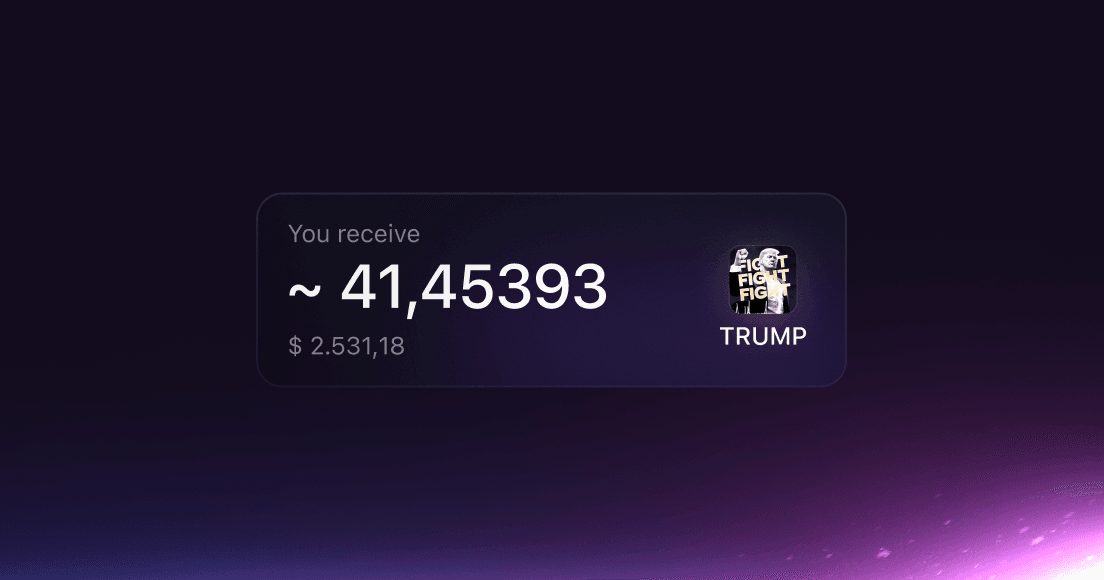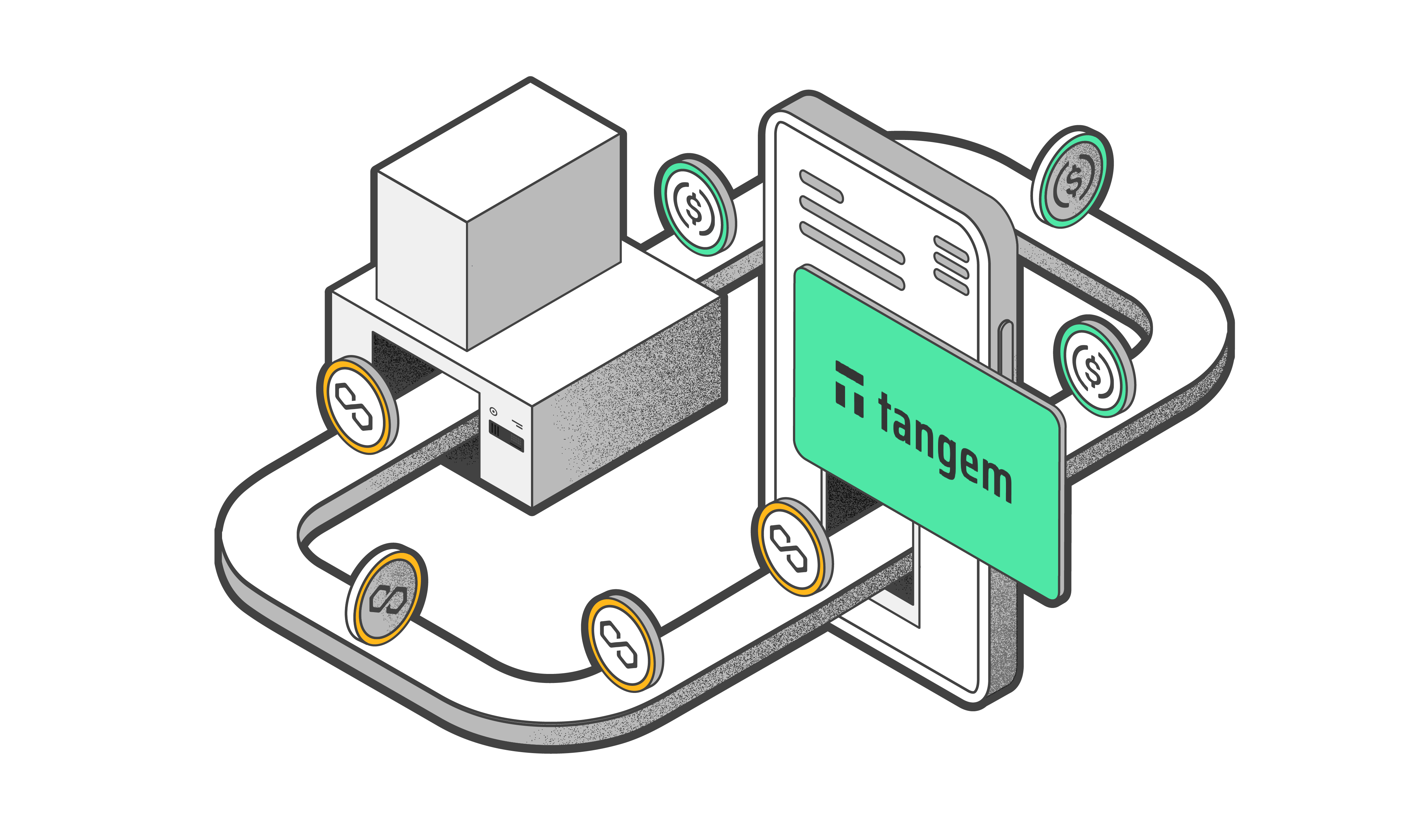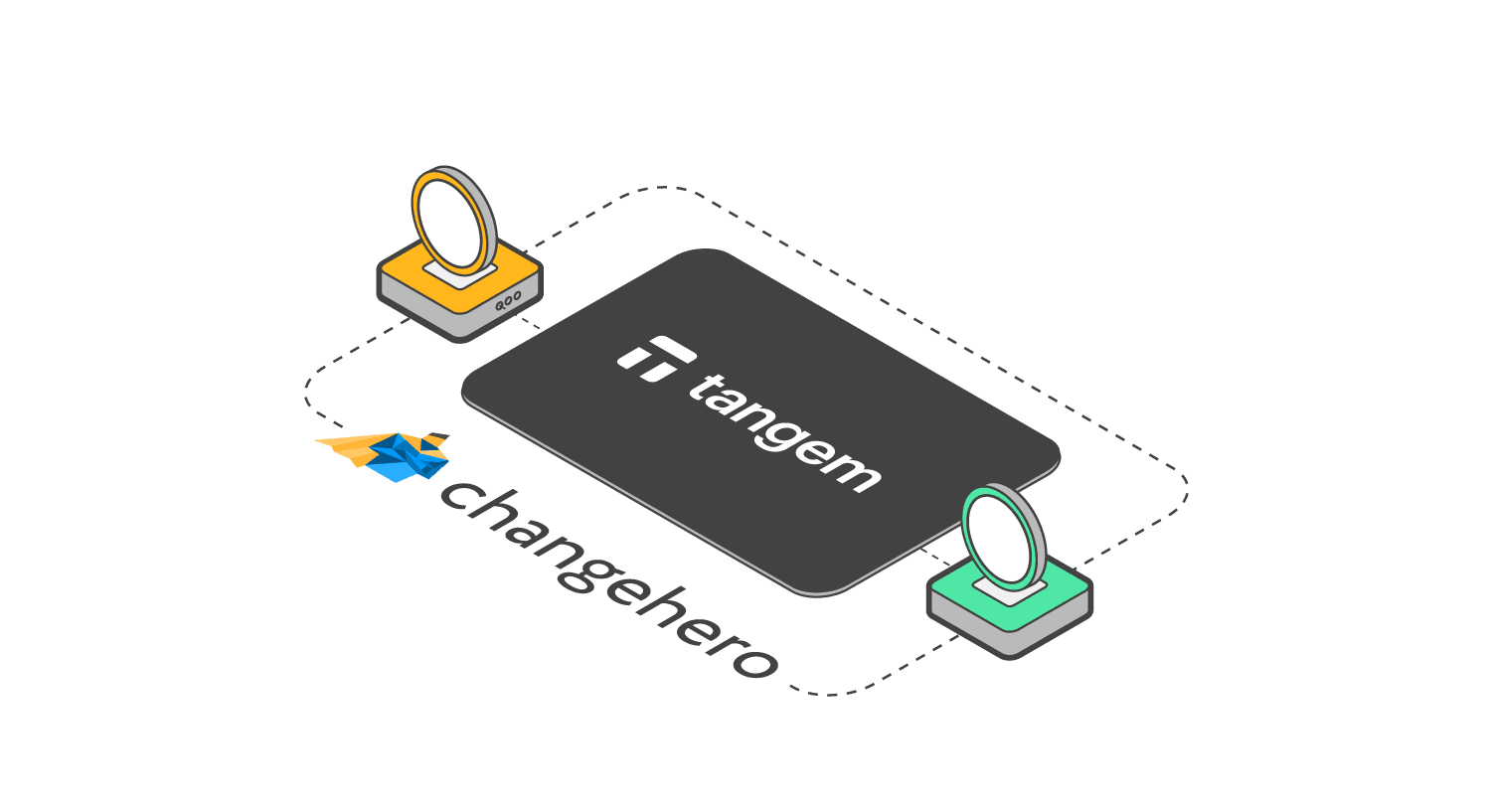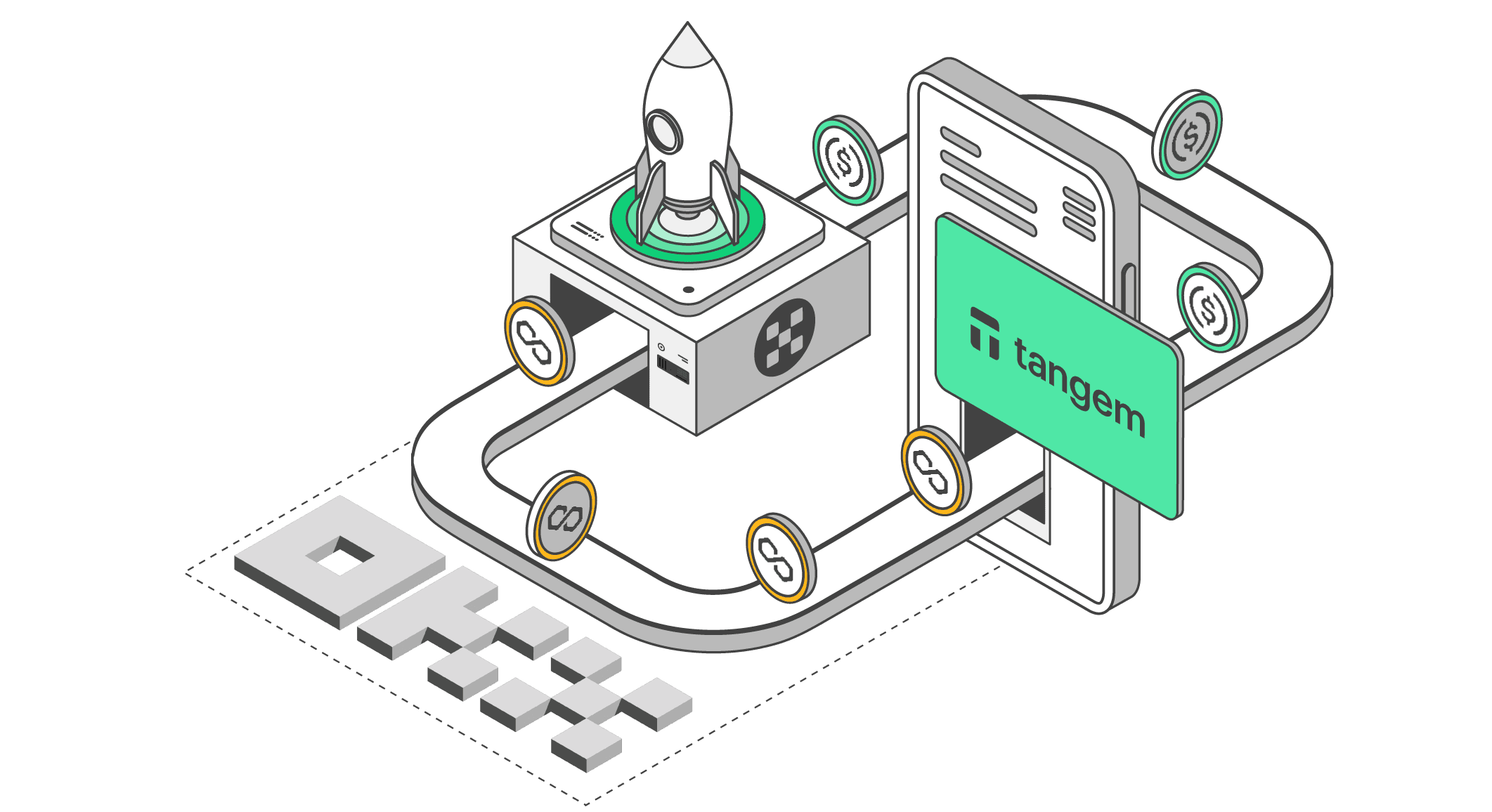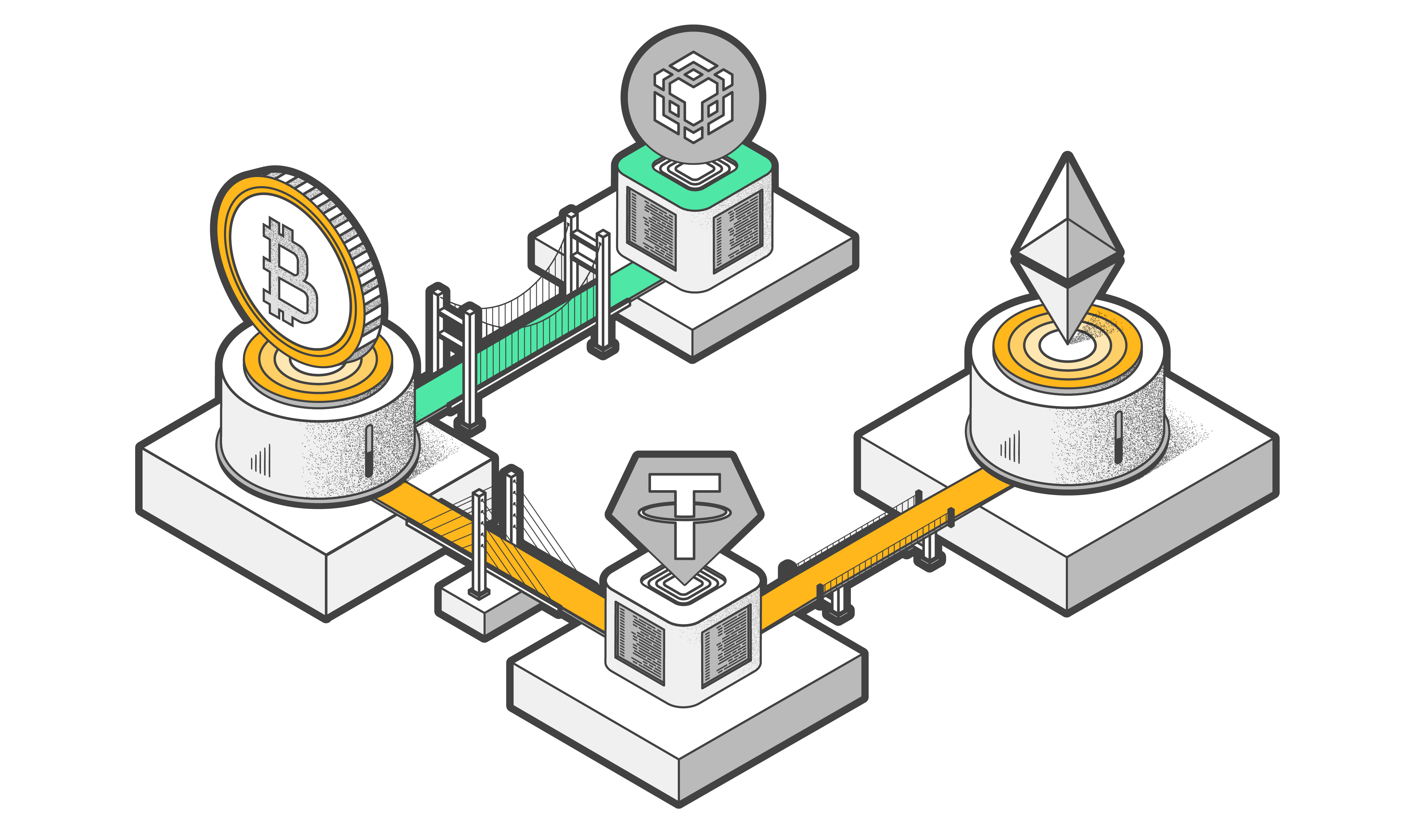
What are wrapped tokens
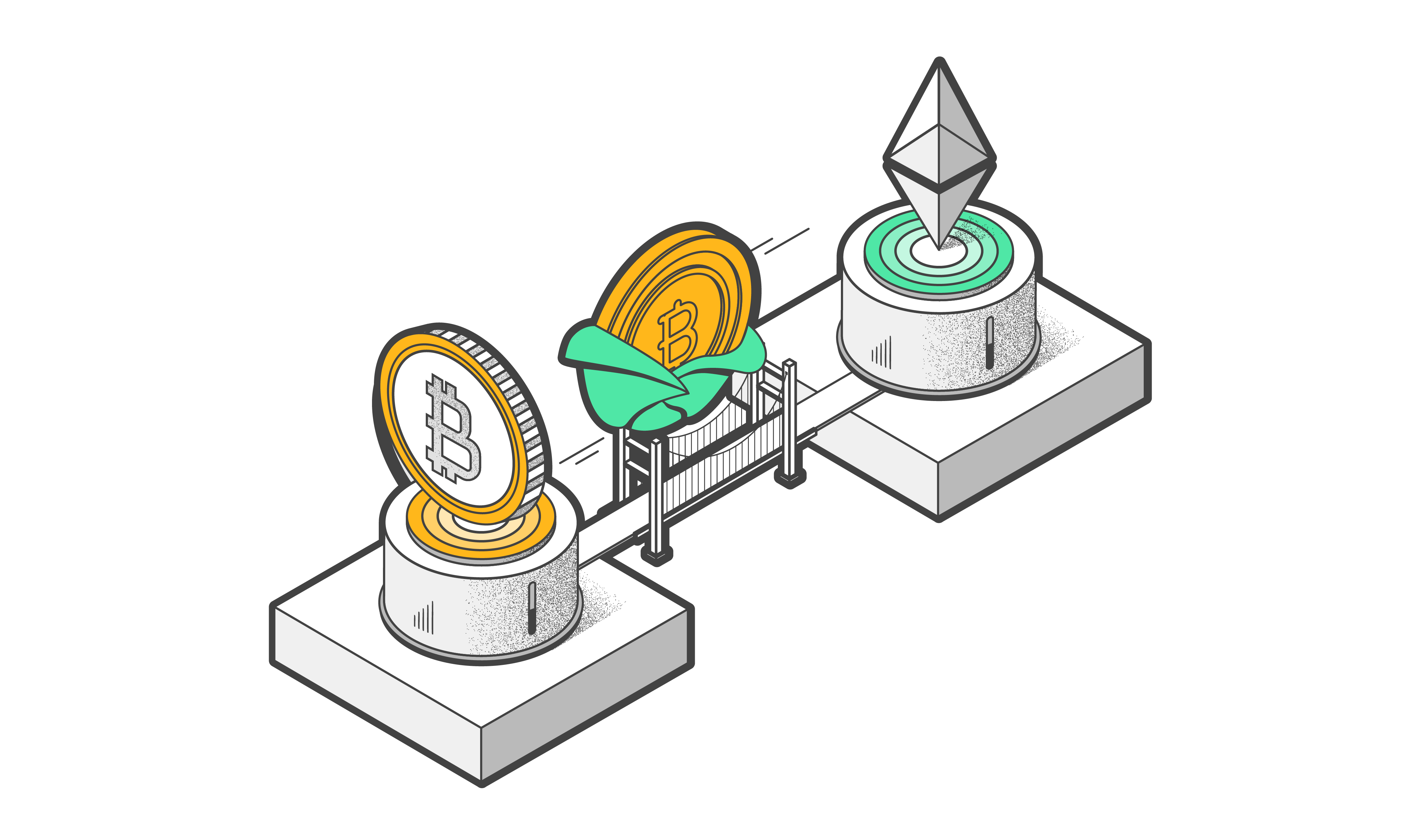
Evolution of the DeFi sector, especially different DeFi platforms, and increasing number of different blockchains, coins and tokens results in the need to transfer crypto from one blockchain to another. To solve this problem, cross-chain bridges and wrapped tokens have been created.
A wrapped token is a synthetic asset, a copy of a crypto from one blockchain that has been minted in another blockchain. Wrapped tokens are pegged 1:1 to the value of original crypto. This means that wrapped tokens are minted in the second blockchain in amounts of locked tokens in the first network.
Wrapped tokens are primarily designed to expand the use of the original coin, to use it in networks that do not support it in its original form. For example, to trade on DEX.
The very first and best known wrapped token (launched in January 2019) is WBTC (Wrapped Bitcoin) was created on the Ethereum blockchain. Today, it is widely used in the DeFi sphere.
Minting wrapped tokens: how it works
The crypto you want to swap is locked for minting wrapped tokens.
Wrapping a token takes following steps:
- A user requests to wrap a token;
- The original crypto is sent to a smart contract with a destination address in another network;
- The lock-contract locks the original token;
- The mint contract mints a copy of the locked asset in another blockchain, i.e., a wrapped token;
- The wrapped token is sent to the user's wallet.
The whole procedure is done with a cross-chain bridge. As is the reverse procedure.
Unwrapping a token takes following steps:
- A wrapped token from the second blockchain is burned.
- The original asset is unlocked.
- The original token is sent to the user's wallet.
Important! The fee is charged for wrapping and unwrapping coins and tokens.
Why do we need wrapped tokens and where they are used
Cross-chain bridges and synthetic assets solve the problem of incompatibility between different blockchains. Crypto users use copies of the original crypto to trade on decentralized platforms running on blockchains with which the original coins from their portfolios are not compatible. Wrapping facilitates things: no need to sell the cryptocurrency in order to work with it on other blockchains.
Synthetic assets by transferring the value of a crypto from its native blockchain to any other blockchain:
- leave its coins as collateral for stabelcoins borrowing;
- enable farming;
Farming is earning passive income by placing/ lending cryptocurrency.
- send assets for staking;
- enable margin trading and much more.
Wrapped tokens enable interaction with different crypto on DeFi-platforms as they can be used on networks that are not native to the original crypto. On the other hand, once you no longer need a synthetic asset, you can easily convert it back to the original token.
Advantages and disadvantages of wrapped tokens
The main advantages of synthetic crypto:
- The most obvious and main advantage of wrapped tokens is that they solve the incompatibility problem. They can be used across blockchains by locking the original crypto and using it as collateral (security).
- Wrapped tokens can be used to earn: it is easy to transfer them to different DeFi platforms.
- Wrapped tokens transactions tend to have lower fees and faster transaction speeds than original crypto transactions. Transaction speeds and network commissions depend primarily on the blockchain's workload and performance. And popular blockchains such as Bitcoin or Ethereum, for example, process a large number of transactions simultaneously and are quite slow. So if you want to work with assets whose native networks have high fees and slow transactions, you can wrap them and use them in those blockchains whose developers relied on high throughput and low fees.
The main disadvantages of synthetic crypto:
- As tokens are not really moved between blockchains, there is a third party responsible for storing the original locked coins and minting synthetic assets. It involves additional costs and also risks, especially if the third party is a centralised exchange. Shifting from decentralisation on which the idea of crypto was originally built towards centralisation is always risky. There are high risks of losing funds: non-transparency of centralised crypto exchanges' liquidity pools, risks of hacking, over-reliance on decisions of exchange owners. FTX is a prime example of these risks.
- Cross-chain bridge smart contracts, like any other smart contract, can have vulnerabilities that could be exploited by attackers to hack the bridge and steal the original crypto. In that case, the wrapped token will be completely devalued, as the original asset is stolen. This is why experts advise against keeping your crypto wrapped for a long time.
- Slippage risks due to low demand and low liquidity of some tokens.
Slippage is the difference between the price a trader intended to pay/receive and the actual price a trader ended up paying/receiving due to market movements at the time of execution. Slippage occurs in the fraction of a second between giving and receiving an order.
Popular wrapped tokens and cross-chain bridges
There are a lot of wrapped coins and tokens, here are the most popular ones.
WBTC (Wrapped Bitcoin). Tokenized Bitcoin, which gives its owners BTC value in Ethereum ecosystem and compatible with DeFi-platforms on Ethereum: you can leave it as collateral for stabelcoins credits, use it for farming, etc.
WETH (Wrapped Ethereum). ETH wrapped version. WETH developed as most DeFi-platforms on Ethereum work with ERC-20 tokens, but Ethereum does not belong to it because it was released before its adoption. Accordingly, ETH is not compatible with ERC-20 and cannot be exchanged directly for other tokens of that standard. Wrapped Ethereum is compatible with ERC-20 tokens and can be minted in dozens of networks (Ethereum, BSC, Solana, Near, Avalanche, Polygon, Fantom). WETH is one of the most popular synthetic assets in decentralised finance. Most dApps in DeFi accept WETH for investing and staking. It is also used, for example, for buying and selling NFT on OpenSea, one of the most famous NFT marketplaces.
BNB Chain synthetic assets. Blockchain developers from Binance have developed a Binance cross-chain bridge to mint wrapped tokens of popular cryptocurrencies on BNB . Users can wrap BTC, ETH, XRP, USDT, BCH, DOT and other crypto to work with them on the BNB Chain network and the corresponding apps.
Solana wrapped tokens. Wormhole, one of the most popular network bridges for Solana, connects the blockchain to Ethereum, Terra, Avalanche, Oasis, Binance Smart Chain, Polygon. The list of tokens and blockchains is constantly growing.
Avalanche wrapped tokens. In addition to a large number of cross-chain bridges that are controlled by separate apps, Avalanche developers have launched the official Avalanche Bridge, which connects the Ethereum and Avalanche networks and provides the ability to wrap popular stablecoins (USDC, USDT, BUSD) and other ERC-20 tokens.
Conclusion
Wrapped tokens provide interaction between different blockchains, which is crucial as the number of new blockchains, coins and tokens is only increasing and the DeFi sector is growing. Crypto users now can serve these synthetic assets for operations between blockchains, trading in other networks without involving centralized exchanges and other services. And now they don’t need to sell their original coins like it was before.



